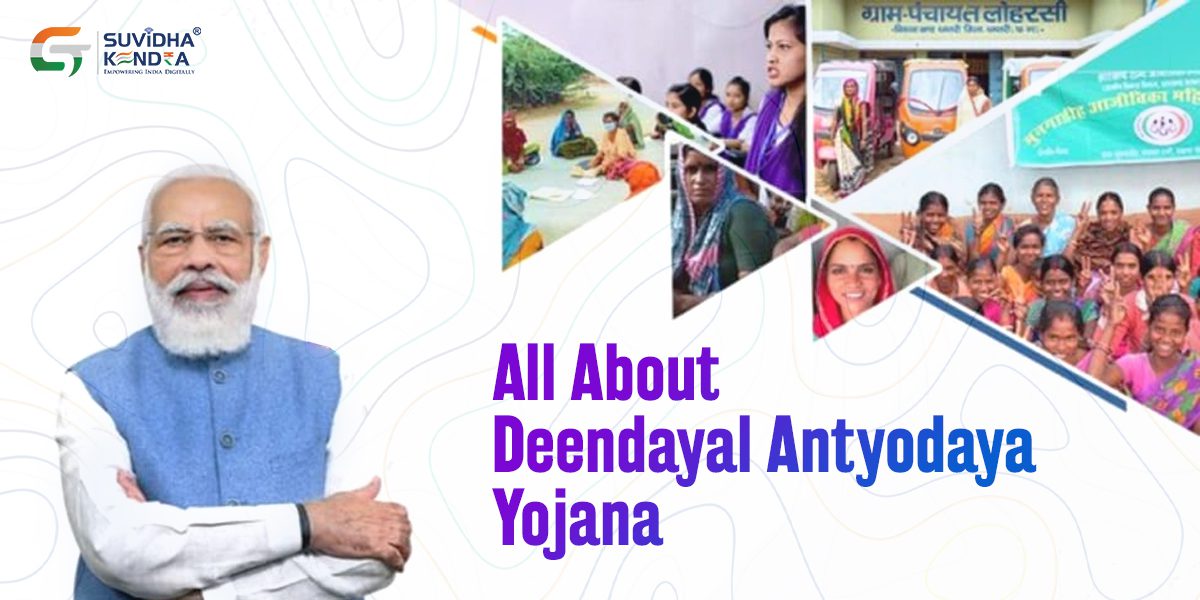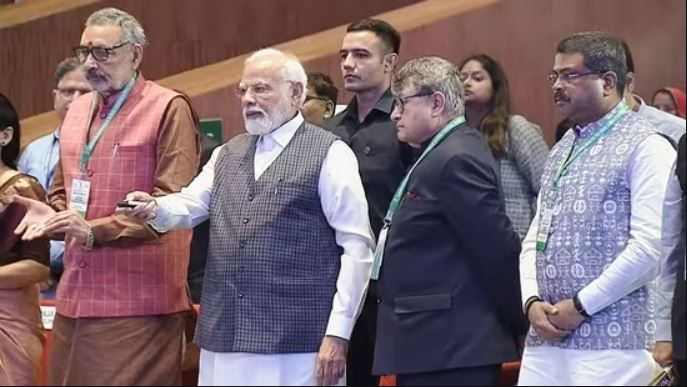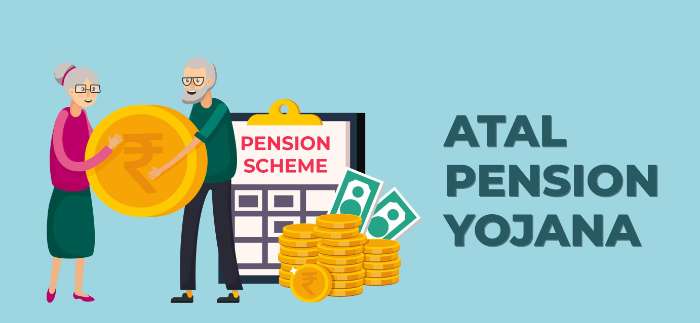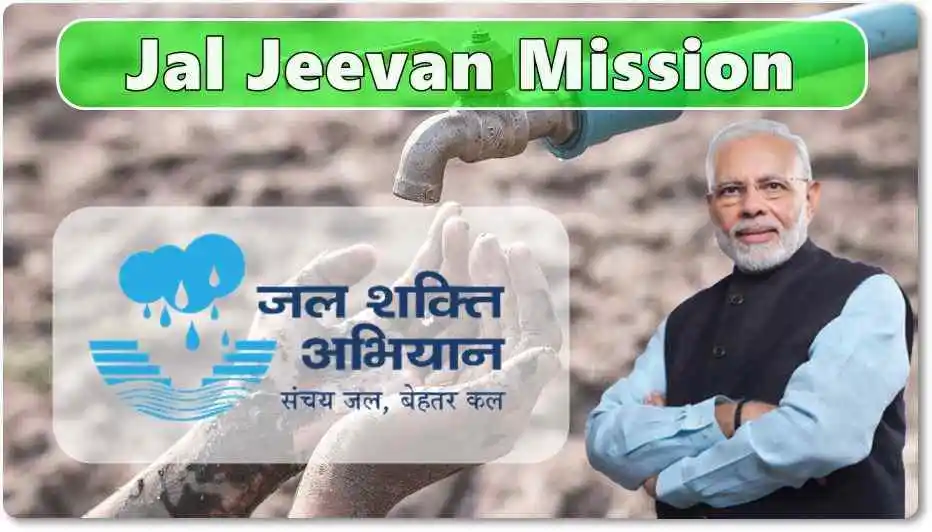Deendayal Antyodaya Yojana: It’s Features, Details and Benefits

What is Deendayal Antyodaya Yojana?
Deendayal Antyodaya Yojana – National Rural Livelihoods Mission (DAY-NRLM), aims to reduce poverty by strengthening institutions for the underprivileged, particularly women, and providing these institutions with access to a variety of financial services and livelihoods. The demand-driven strategy used by DAY-NRLM enables the States to create their own State-specific poverty reduction action plans. The intensive blocks and districts are those where all of the DAY-NRLM components are implemented, either by the SRLMs or partner organisations or NGOs, whereas the non-intense blocks and districts are those where none of the components are implemented. Swarnajayanti Gramme Swarojgar Yojana (SGSY) has been transformed as the National Rural Livelihood Mission (NRLM).
Through self-managed Self Help Groups (SHGs) and federated institutions, the National Rural Livelihoods Mission (NRLM) has set out with an agenda to cover 7 Crore Rural Poor Households across 600 Districts, 6000 Blocks, 2.5 lakh Gramme Panchayats, and 6 lakh Villages in the Country and support them for livelihood collectives in a period of 8-10 years. Additionally, the poor would benefit from improved social empowerment indicators, diversified risk, and expanded access to their rights, entitlements, and public services. According to NRLM, the poor should be given the instruments (information, knowledge, skills, tools, financing, and collectivization) to supplement their natural abilities and take part in the nation’s expanding economy.
Benefits of Deendayal Antyodaya Yojana
- Key advantages of the Programme include:
- Each rural poor home would have one member (ideally a woman) added to the Self Help Group (SHG) network. Bank connections would be made with women’s SHG organisations.
- To give space, a voice, and resources while lowering reliance on other organisations, SHGs would be federated at the village level and higher levels.
- The Mission is made up of four parts: (i) social mobilisation, establishing community institutions, and capacity; (ii) financial inclusion; (iii) promoting livelihoods; and (iv) convergence.
- Using the participatory social evaluation, all homes would be identified and ranked in terms of their vulnerability. The ranking would take into account the most vulnerable populations, including migratory workers, single mothers, households headed by women, and people with disabilities.
- the development of the poor’s skills, especially in connection to managing institutions, livelihoods, loan acceptance, and creditworthiness.Through RSETIs, innovations, the development of infrastructure, and market assistance, the Mission also promotes the development of skills for rural youth and their placement, training, and self-employment.Giving SHGs access to revolving funds will help them improve their institutional and financial management capabilities and establish a solid credit history.Community Investment Support Fund (CIF) is made available to SHGs through Federations in the intense blocks so they can advance loans or carry out joint/collective socioeconomic activities
Principles of Deendayal Antyodaya Yojana
- inclusion of the disadvantaged and giving them a significant participation in all processes
- Accountability and transparency in all procedures and organisations
- Community ownership and the central participation of the underprivileged and their institutions in all phases, including planning, implementation, and monitoring self-dependence and self-reliance
- The NRLM is being implemented in mission mode. This allows for the following: (a) a change from the current allocation-based strategy to a demand-driven strategy that allows the states to create their own livelihoods-based poverty reduction action plans; (b) a focus on targets, outcomes, and time-bound delivery; (c) ongoing capacity building, imparting necessary skills and creating connections with livelihood opportunities for the poor, including those emerging in the organised sector; and (d) monitoring against targets of poverty reduction.
Latest NRLM Updates:
- In support of Azadi ka Amrit Mahotsav, the Ministry of Rural Development’s Deendayal Antyodaya Yojana – National Rural Livelihoods Mission (DAY-NRLM) launched 152 Centre for Financial Literacy & Service Delivery (SAKSHAM Centres) between October 4 and October 8, 2021, in 77 districts and 13 states.
- The purpose of SAKSHAM Centres is to aid in the supply of financial services to rural poor people and SHG members by promoting financial literacy.
- For the fundamental financial requirements of Self-Help Group (SHG) families in rural regions, the Centre for Financial Literacy & Service Delivery (CFL&SD) would serve as a one-stop solution or single window system.
- The SHG network will oversee the management of these Centres, primarily at the Cluster Level Federation (CLF) level.
Mission
The mission of NRLM is “to reduce poverty by enabling the poor households to access gainful self-employment and skilled wage employment opportunities, resulting in an appreciable improvement in their livelihoods on a sustainable basis, through building strong grassroots institutions of the poor.”
- To induce social mobilization and build strong institutions and empower, an external support structure is needed that is both dedicated and sensitive.
- This upward mobility is supported by:
- Enabling knowledge dissemination
- Building skills
- Credit access
- Marketing access
- Livelihood services access








